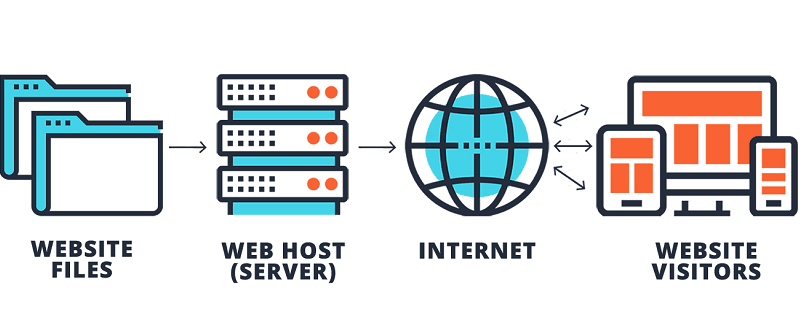For all too many companies, it’s not until after a breach has occurred that web security becomes a priority. During my years working as an IT Security professional, I have seen time and time again how obscure the world of IT Security is to so many of my fellow programmers.
An effective approach to IT security must, by definition, be proactive and defensive. Toward that end, this post is aimed at sparking a security mindset, hopefully injecting the reader with a healthy dose of paranoia.
In particular, this guide focuses on 10 common and significant web security pitfalls to be aware of, including recommendations on how they can be avoided. The focus is on the Top 10 Web Vulnerabilities identified by the Open Web Application Security Project (OWASP), an international, non-profit organization whose goal is to improve software security across the globe.
A little web security primer before we start – authentication and authorization
When speaking with other programmers and IT professionals, I often encounter confusion regarding the distinction between authorization and authentication. And of course, the fact the abbreviation auth is often used for both helps aggravate this common confusion. This confusion is so common that maybe this issue should be included in this post as “Common Web Vulnerability Zero”.
So before we proceed, let’s clearly the distinction between these two terms:
Authentication: Verifying that a person is (or at least appears to be) a specific user, since he/she has correctly provided their security credentials (password, answers to security questions, fingerprint scan, etc.).
Authorization: Confirming that a particular user has access to a specific resource or is granted permission to perform a particular action.
Stated another way, authentication is knowing who an entity is, while authorization is knowing what a given entity can do.



